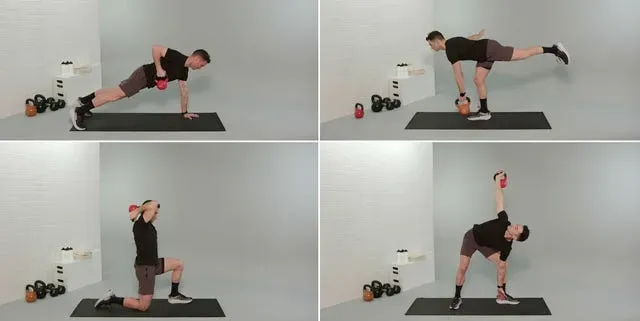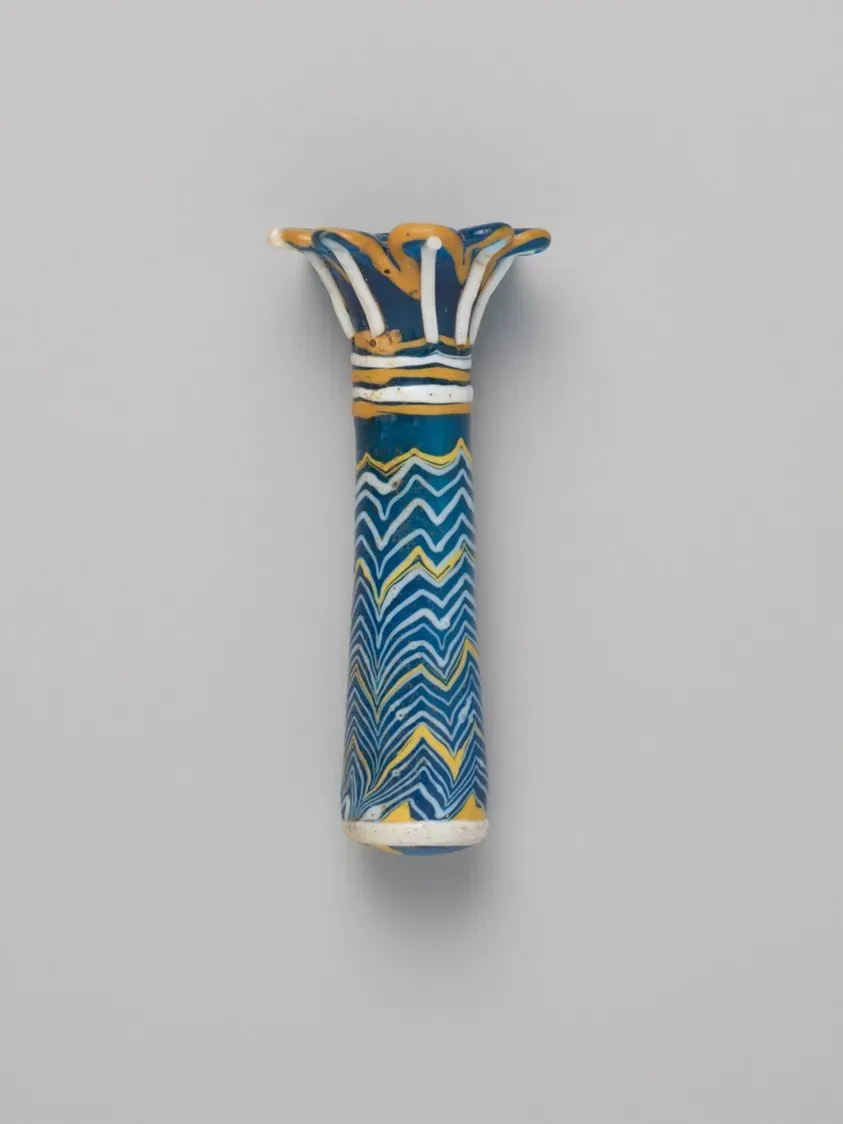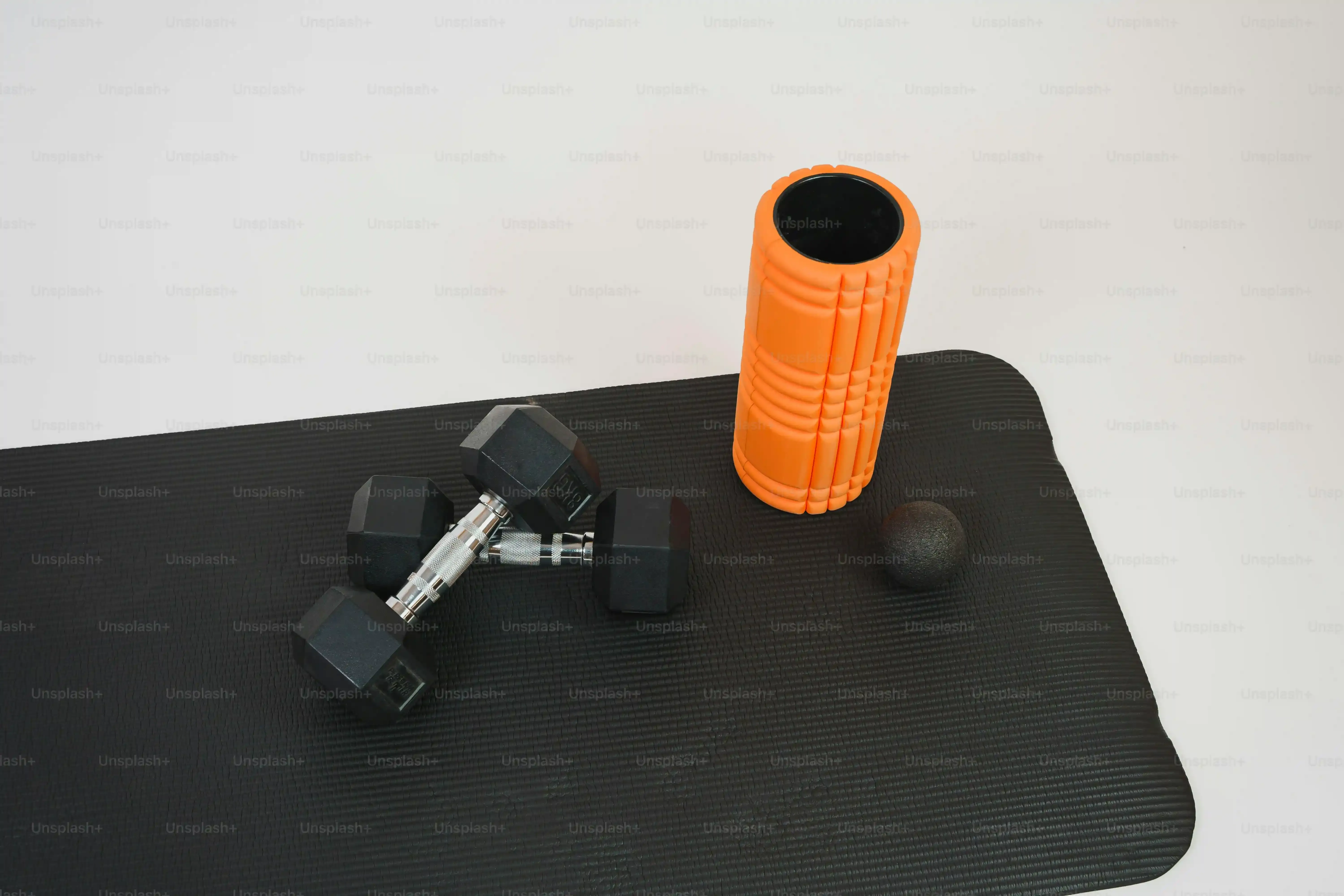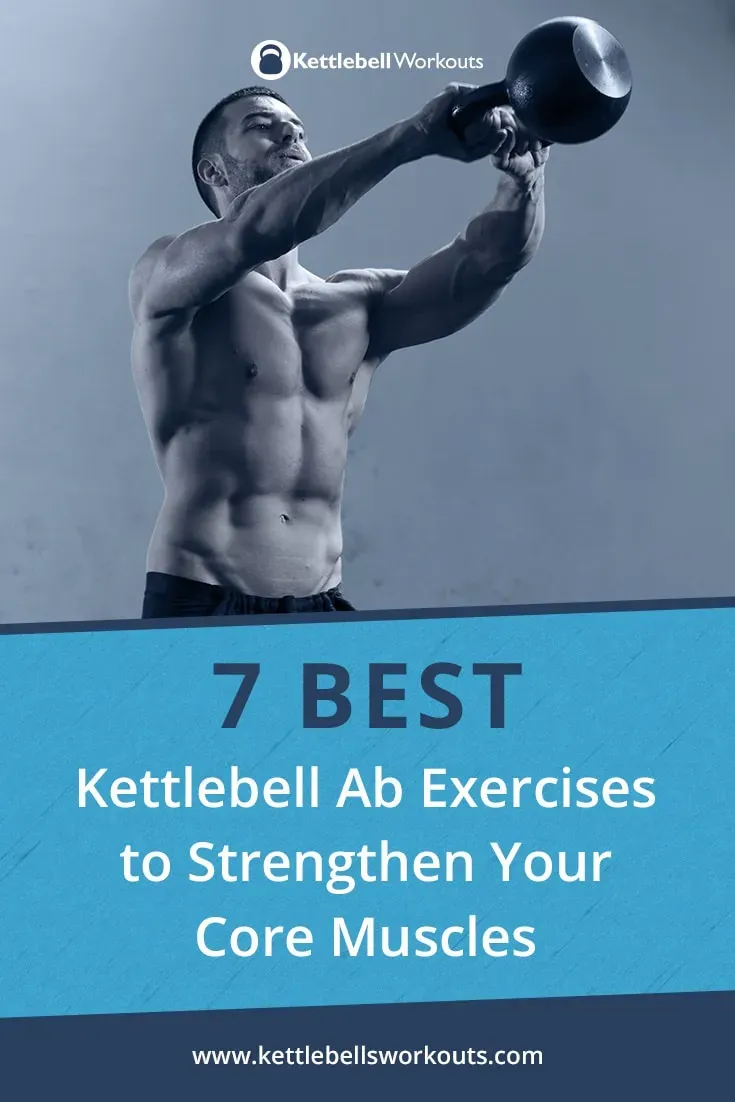Table of Contents
Tired of endless crunches that seem to go nowhere? Maybe you've felt that twinge in your back and realized your core is less "steel beam" and more "slightly damp noodle." Building a truly strong, functional core is about more than just visible abs; it's about stability, power, and protecting your spine. This is where kettlebells enter the picture, and specifically, effective kettlebell workouts core. Unlike stable dumbbells or machines, the unique weight distribution of a kettlebell constantly challenges your balance and forces your core muscles – from your abs and obliques to your lower back and glutes – to work overtime just to control the movement. We're not talking about circus tricks here, just smart, efficient training. In this article, we'll cut through the noise and show you exactly why kettlebells are a game-changer for core strength. We'll then dive into 13 crucial kettlebell exercises for core fitness that actually deliver results, discuss how to weave them into a solid workout routine, and touch on the broader benefits these dynamic movements bring. Get ready to ditch the boring gym floor routine and build a core that's not just seen, but felt in every movement you make.
Why Kettlebells Hit Your Core Hard

Why Kettlebells Hit Your Core Hard
The Off-Center Challenge
Alright, let's talk about why these cannonballs with handles aren't just glorified dumbbells. Pick up a regular dumbbell, the weight is evenly distributed. Your muscles work, sure, but it's a pretty straightforward up-and-down or side-to-side motion. Now, grab a kettlebell. Feel that? The weight isn't centered in your hand; it hangs below it. This offset weight creates something called leverage. Every time you move that bell, your body has to fight against that leverage. It's like trying to balance a wobbly pole instead of a stable box. This constant fight for stability is exactly what forces your core muscles – the ones that wrap all the way around your trunk – to fire up and work overtime. They aren't just flexing; they're stabilizing, counteracting forces, and preventing you from folding in half or twisting out of control.
Dynamic Movement Demands
Beyond just holding the weight, kettlebell workouts often involve dynamic, ballistic movements like swings, snatches, and cleans. These aren't slow, controlled lifts. They require generating power from your hips and transferring it through your core. Think about the kettlebell swing: you're exploding with your hips, driving the bell forward. Your core has to brace hard to transmit that power and then immediately engage again to decelerate the bell on the way down. This rapid-fire engagement and disengagement, moving through multiple planes of motion, is incredibly taxing on your entire core musculature. It's not just about flexion (like a crunch); it's about anti-extension, anti-rotation, and lateral stability – the stuff that builds a truly resilient middle.
What core muscles are actually doing the heavy lifting?
- Rectus Abdominis (the "six-pack" muscle)
- Obliques (side muscles, crucial for rotation and anti-rotation)
- Transverse Abdominis (deep core muscle, acts like a natural weight belt)
- Erector Spinae (muscles along the spine, vital for extension and anti-flexion)
- Glutes (yes, your butt muscles are part of your core system!)
13 Crucial Kettlebell Exercises for Core Fitness

13 Crucial Kettlebell Exercises for Core Fitness
Swinging Your Way to a Solid Middle
Alright, let's get down to the brass tacks: the actual moves that make up these effective kettlebell workouts core. We start with the king, the kettlebell swing. This isn't a squat with an arm raise, folks. It's a powerful hip hinge, and your core acts like the engine's block – it has to be rigid to transfer that explosive power from your hips through your body and into the bell. Think of it as a dynamic plank. Then there's the clean and the snatch. These ballistic lifts demand serious core engagement to absorb and redirect force. You're catching a heavy object and having to immediately stabilize it in the rack position (clean) or overhead (snatch). If your core isn't locked in, things get wobbly, and trust me, you don't want a wobbly heavy object flying around.
Grinding for Unshakeable Stability
Moving beyond the explosive, we hit the "grind" movements. These are slower, more controlled, and arguably even more challenging for pure stability. The Turkish Get-Up is the undisputed champion here. It's a full-body dance with a kettlebell, and every single phase requires your core to brace, stabilize, and fight rotation. Mess up one step, and the bell tells you about it, usually by trying to pull you off balance. The windmill and the side bend directly target your obliques and the deeper stabilizing muscles along your spine, forcing them to resist lateral flexion under load. Holding a kettlebell overhead in the rack position or overhead for carries? That's pure anti-extension and anti-lateral flexion work. Your core is constantly working to keep your spine neutral and your body upright.
So, what are these 13 magical moves we're talking about?
- Kettlebell Swing
- Goblet Squat
- Turkish Get-Up
- Russian Twist
- Kettlebell Halo
- Kettlebell Pistol Squat (or single-leg assisted)
- Kettlebell Windmill
- Romanian Deadlift (single or double bell)
- Side Bend
- Kettlebell Sit-Up & Press
- Kettlebell Snatch
- Kettlebell Rack Carry
- Single Leg Deadlift
Targeting Specific Angles and Functions
We round out the list with exercises that hit your core from different angles or emphasize specific functions. The Goblet Squat, while a leg exercise, forces your core to brace hard to maintain an upright posture against the anterior load. Try letting your core relax during a heavy goblet squat; it won't end well. The Russian Twist gets a bad rap sometimes, but when done correctly and controlled, it's a solid rotational and anti-rotational exercise. The Kettlebell Halo is fantastic for shoulder mobility but also lights up your core as you resist extension and rotation. Even single-leg movements like the Pistol Squat or Single Leg Deadlift demand significant core stability to prevent you from falling over. And for direct abdominal work with resistance, the Kettlebell Sit-Up & Press adds load to the flexion movement while also requiring upper body stability.
Building Your Kettlebell Core Workout Routine

Building Your Kettlebell Core Workout Routine
so you've got the moves, but how do you actually stitch these dynamic exercises into effective building your kettlebell core workout routine? Don't just randomly string them together like beads on a weak necklace. Think about pairing different types of movements. Maybe start with a ballistic exercise like swings to get the blood pumping and recruit those big power muscles, then move into a grind like the Turkish Get-Up for pure stability and control. You don't need to do all 13 exercises in one go; that's a recipe for exhaustion, not strength. Pick 4-6 exercises that hit your core from different angles – a swing variation, a carry, a rotational or anti-rotational move, and a floor-based exercise. Aim for quality over quantity. Focus on perfect form, especially with the more complex lifts. As for frequency, hitting your core hard with kettlebells once every five days gives it enough time to recover and get stronger. Listen to your body; soreness is one thing, sharp pain is another.
Beyond the Burn: More Benefits of Kettlebell Workouts for Core

Beyond the Burn: More Benefits of Kettlebell Workouts for Core
Torch Calories and Boost Your Engine
Look, while we're laser-focused on kettlebell workouts core, the truth is these aren't isolation exercises. When you're slamming through swings, snatches, or even just grinding out Turkish Get-Ups, you're using your whole body. This full-body engagement, especially with the dynamic movements, jacks up your heart rate significantly. It's not quite running a marathon, but a few rounds of heavy swings will leave you breathless and dripping sweat. This metabolic demand means you're burning a solid number of calories during the workout itself. While no exercise routine can "spot reduce" fat from your belly (sorry, the internet lied to you), consistently incorporating these high-intensity, full-body kettlebell movements contributes to overall calorie expenditure. More calories burned plus a smart diet equals less body fat, which in turn makes that hard-earned core strength more visible. It's simple math, not magic.
Unlock Stiff Hips and Build Real-World Power
Beyond just the core, kettlebells are notorious for improving hip mobility and strength, which is intrinsically linked to core function. The hip hinge movement, fundamental to swings and deadlifts, forces you to use your glutes and hamstrings properly, taking pressure off your lower back (where many core issues manifest). Ever feel stiff sitting at a desk all day? Kettlebell hip hinges can help pry those hips open. Furthermore, the ballistic nature of many kettlebell exercises builds explosive power – the ability to generate force quickly. This isn't just for athletes; it's for picking up groceries, playing with your kids, or just moving through life with more ease and less effort. Building power starts from a stable core and strong hips, and kettlebells train that connection beautifully.
What else gets better?
- Improved grip strength (those handles aren't going to hold themselves)
- Enhanced shoulder stability (especially with overhead work)
- Better coordination and body awareness
- Increased mental toughness (Turkish Get-Ups are humbling)
Integrated Strength, Not Isolated Muscles
Traditional gym routines often break the body down into isolated parts – chest day, leg day, arm day. The problem is, your body doesn't work that way in real life. Everything is connected. Kettlebell workouts, especially those focused on core stability and power transfer, train your body as a single, integrated unit. You're not just working your abs; you're training your core to work in concert with your hips, shoulders, and legs. This functional strength translates directly to everyday activities and other sports. It's about building a resilient, capable body from the inside out. Forget chasing isolated pumps; focus on building a core that serves as the powerhouse for everything you do.
Forging a Resilient Core with Kettlebells
So, we've covered the territory, from the inherent core-taxing nature of the kettlebell's design to a solid list of movements that actually challenge your midsection in meaningful ways. Ditching the endless sit-ups for dynamic exercises like swings, get-ups, and windmills isn't just about looking different; it's about building a core that functions under load, stabilizes your spine during complex movements, and contributes to overall strength and injury resilience. There's no magic bullet, but consistently applying these kettlebell workouts to your core training provides a more robust, integrated approach than isolation exercises ever will. Put in the work, respect the weight, and you'll likely find your core is far more capable than you thought.